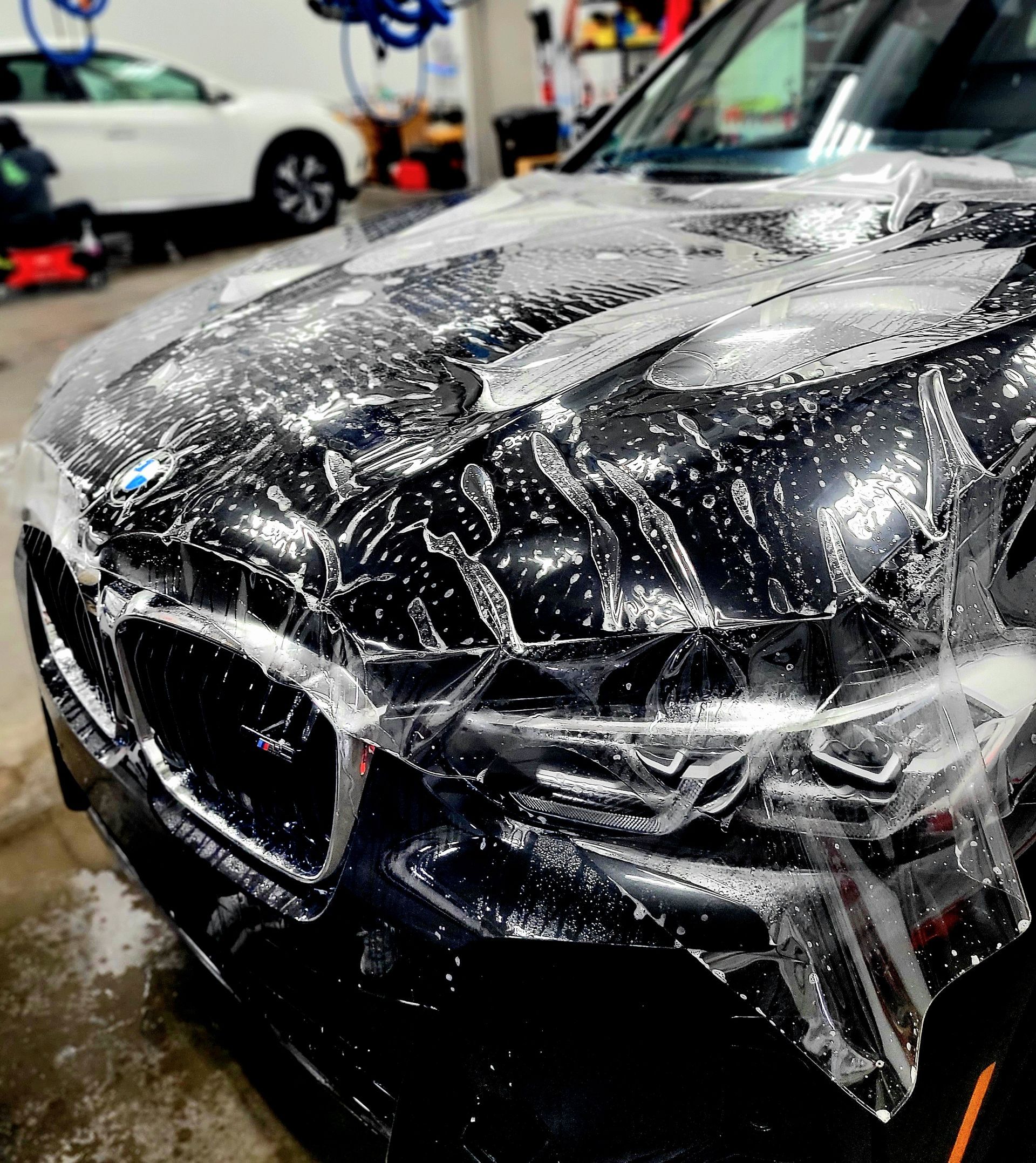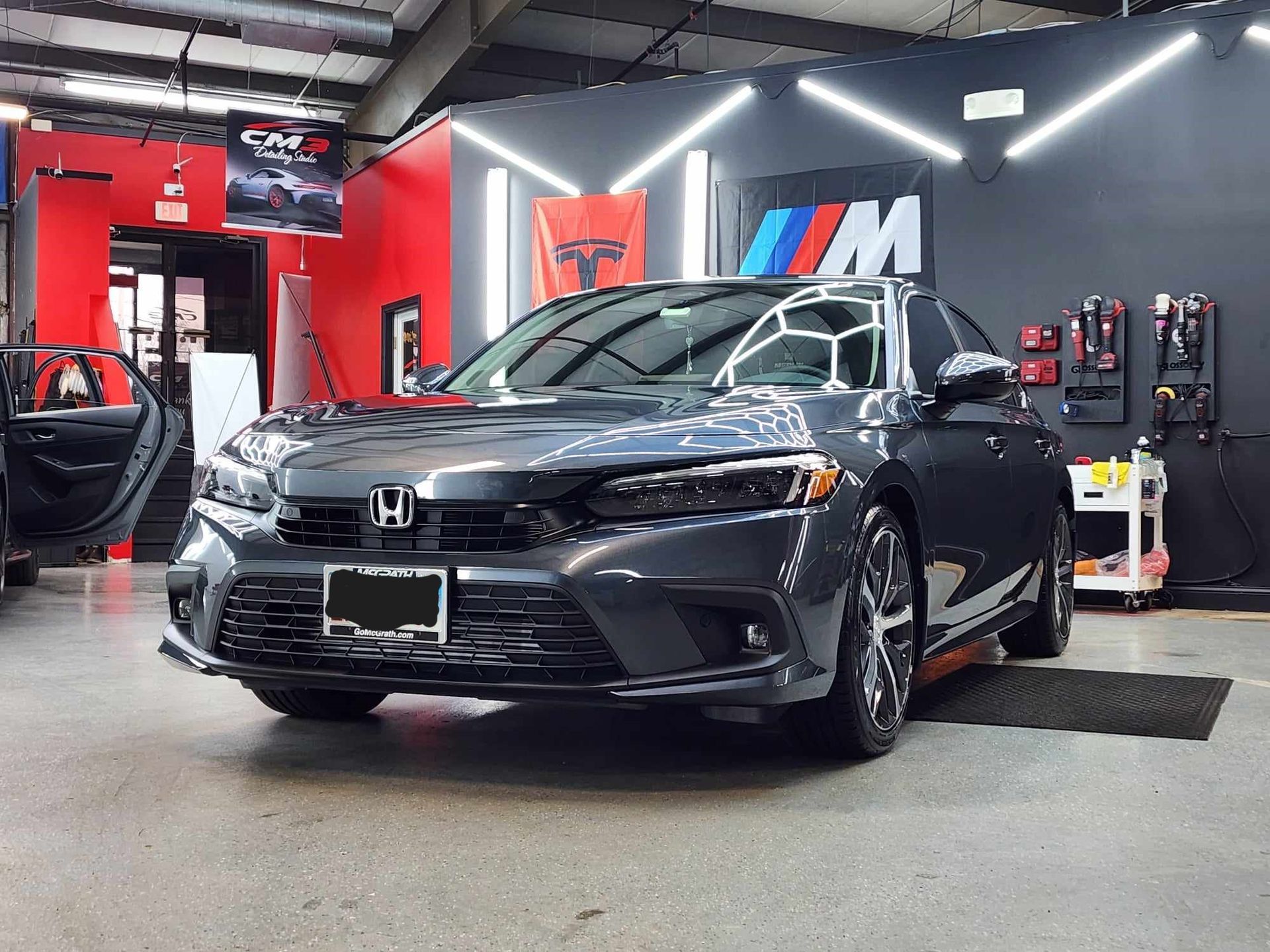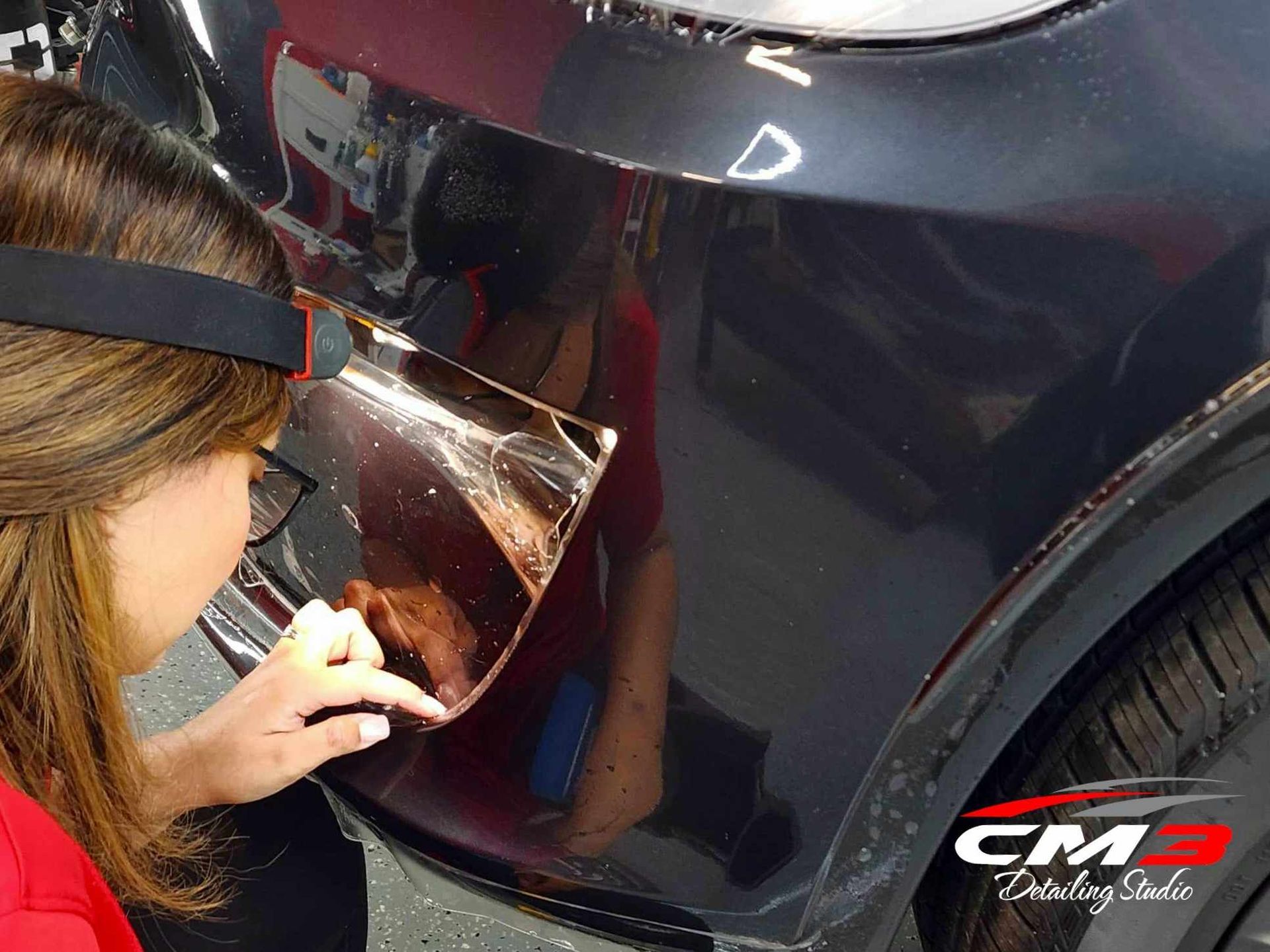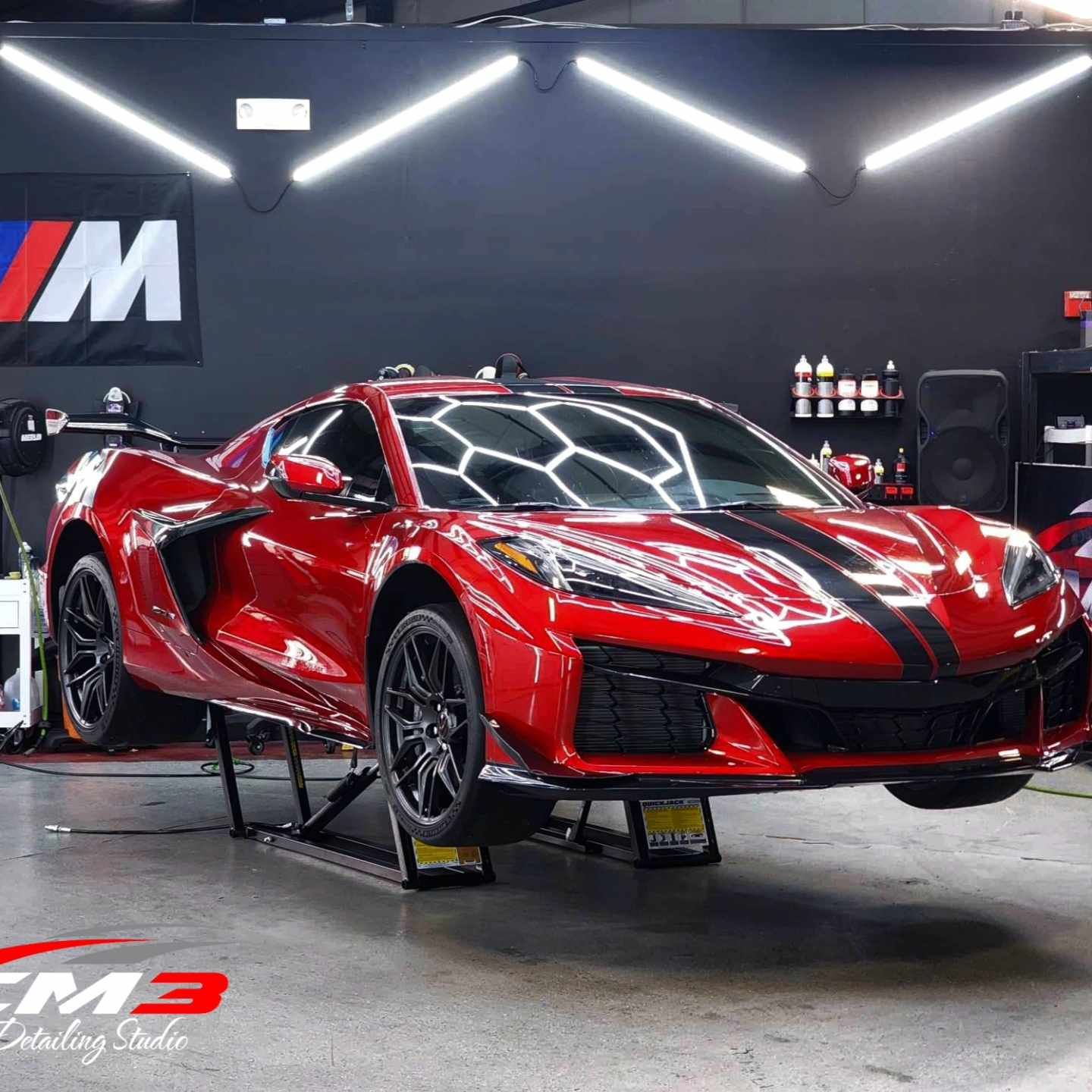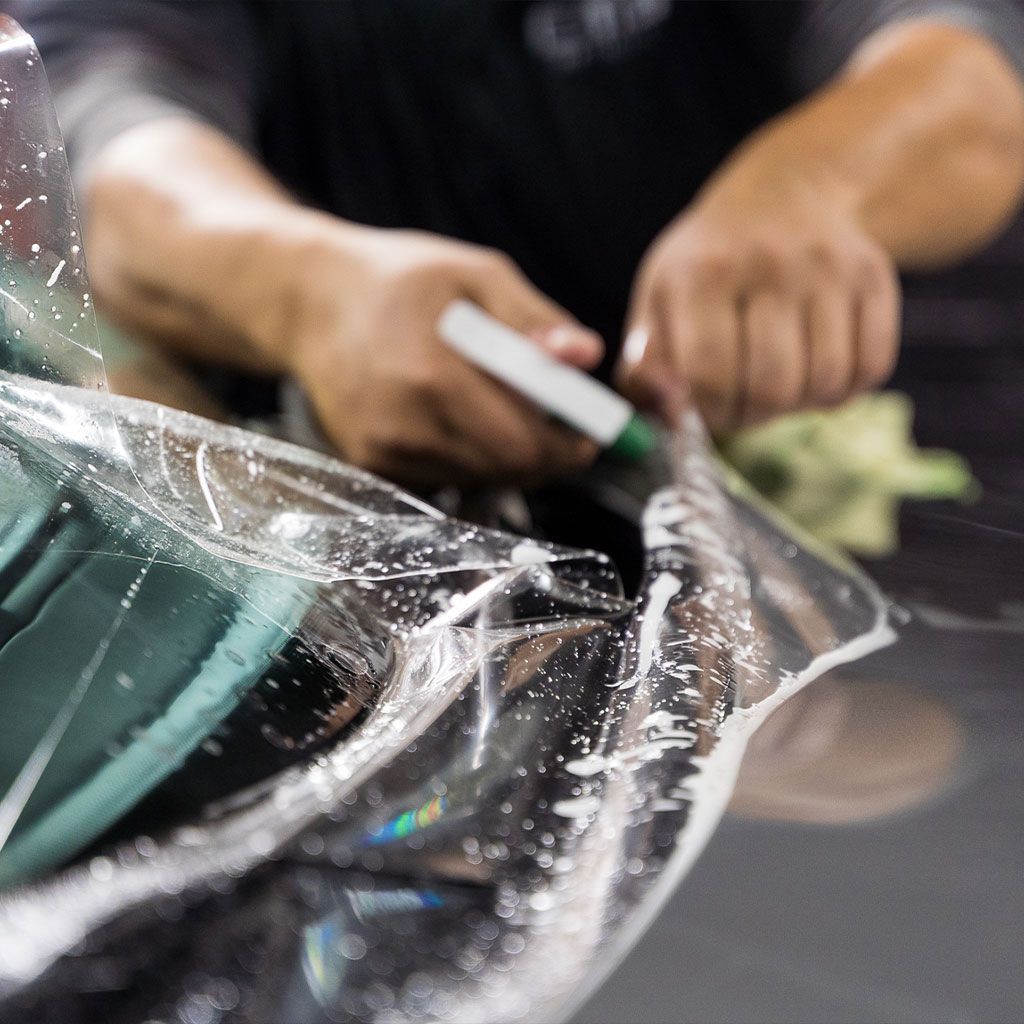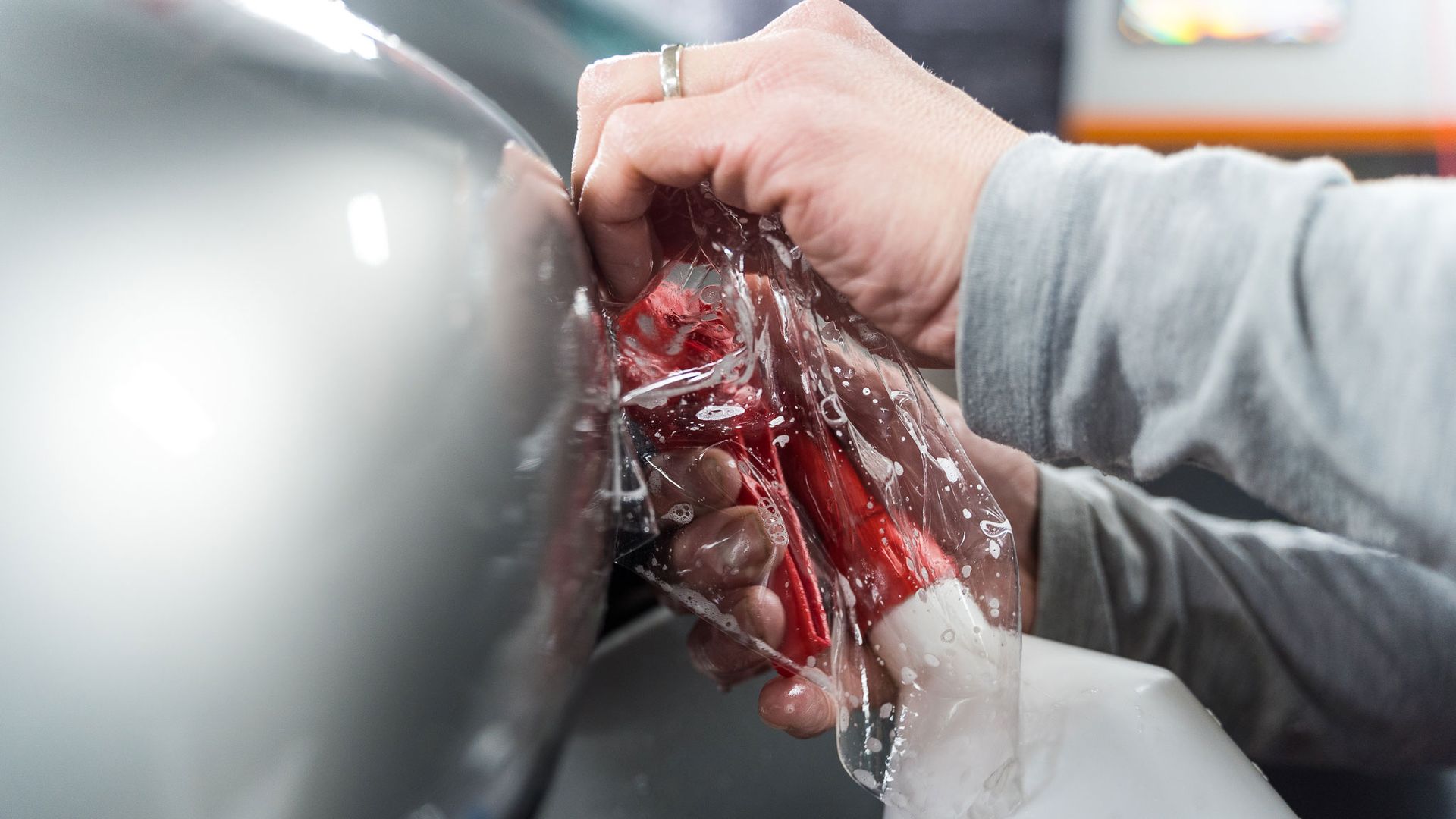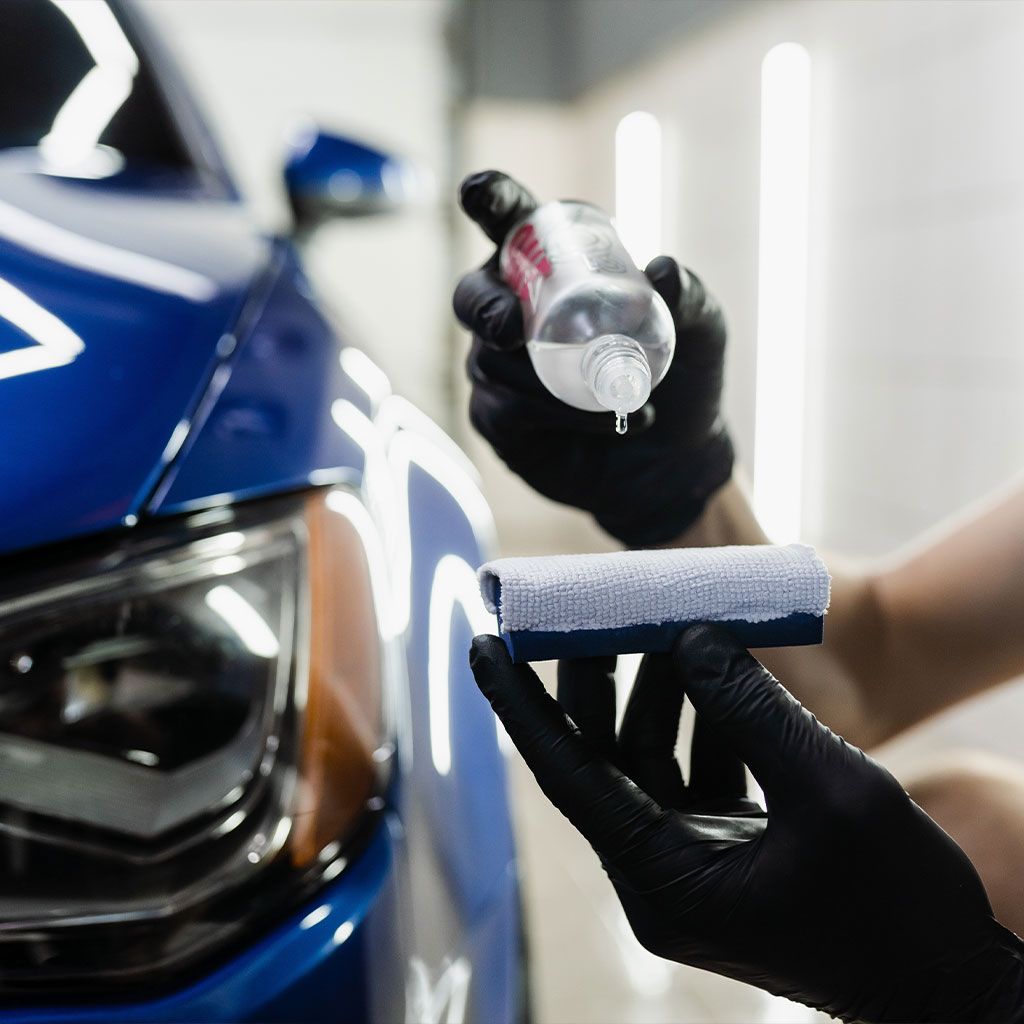Surface Protection and Gloss Enhancement for Vehicle Paintwork
CM3 Detailing Studio & Ceramic Coating was founded in Elgin, Illinois in 2018. It is our business to make all automobiles look beautiful from the inside out by way of ceramic coatings, clear bras, vinyl wraps, and more. Our paint protection and auto detailing crew supplies the Elgin area and surrounding communities with Modesta and Opti-Coat Ceramic Coatings along with PPFs and Window Tint Films. Being an IDA-certified detailing shop, we also hold certifications in other auto care and detailing products, including Ceramic Pro, P&S Detailing supplies, and Owner’s Pride. You are sure to get a comprehensive and careful treatment with us!

Our Location
940 E Chicago St, Elgin, IL 60120, United States of America
Connect With Us
Phone: (630) 400-6766
Email: CM3details@gmail.com
Social Media
Hours of Operation
Monday-Friday: 9:00 AM - 5:00 PM
Saturday: By Appointment Only
Sunday: Closed


